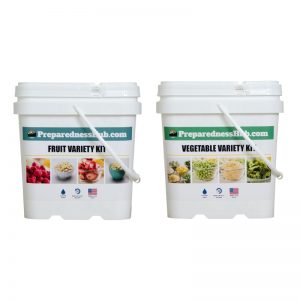“What Rattlesnake”?
Over the past couple months I have been ‘MIA’ according to some of my friends and readers who have sent me emails inquiring as to my status.
So I decided to share what I have been up to:
First of all, I have been scouting various potential filming locations in the Western United States for a possible new survival reality TV show. I can’t say much about that project just yet, except that my wife (Laura) and I have traveled more than 3,000 miles over highways, gravel roads, dirt roads and 4X4 roads visiting all kinds of unique places. And in the process we have encountered many amazing sights and some interesting wildlife.
In the photo above, I am seen holding a large snake, which some people thought was a rattlesnake due to its diamond-like geometric markings. However, even though we were in rattlesnake country, the snake that I encountered was in-fact a four-foot long Mexican bull-snake, which is totally harmless. Snakes like this are very beneficial to mankind since they eat rodents and also will kill and eat rattlesnakes.
One of my favorite locations was in the canyons of Utah, where the sculpted canyon walls and pillars seem to defy all logic as to their possible formation.
Standing on the ridge overlooking this amazing canyon, you can find yourself breathless in more than one way; the altitude here is 8,200 feet above sea level. Both Laura and I found that mountain biking at this elevation was considerably harder than we expected. Nonetheless, we still managed to get a great ride in before the day was over. If you remain at these higher elevations for a couple weeks, your body will produce more red blood cells, which allows for greater efficiency in transporting the oxygen from your lungs to the cells of your body. High endurance athletes will train at high elevation so when they compete at lower altitudes, they will have increased endurance.
Looking at canyons like this and the Grand Canyon (seen below), you have to appreciate the effort that was required by the native American Indians who lived and hunted in these areas before the European settlers arrived.
When it comes to survival skills, I think that TV-show survivalists couldn’t hold a candle to the true masters of survival knowledge; the aboriginal peoples of world, which include the Native American Indians who thrived on the North American continent for thousands of years.
In the photo above, you can see a cliff dwelling that is situated in a highly defensible and secure position, sheltered from the weather and sun. Of course having a water source nearby is a big plus, since it also attracts game animals to the area.
This small herd of bison could easily sustain several families indefinitely if properly managed. Native American Indians understood the breeding and life-cycles of the animals they hunted and never took more than they needed… a lesson that many people in today’s society could benefit from learning.
The photo above shows a very elaborate cliff-housing structure which could provide a safe haven for many families. In addition to being highly defensible, it’s deeply embedded ramparts were positioned under the shelter of the cliff, providing additional protection from the elements.
When most people think of Arizona, they envision hot dry deserts and flat-lands. During our recent travels, we discovered there is a lot more to Arizona than just deserts. As we headed into one of the many wilderness areas there, we were amazed by the transformation of the landscape from a high desert of 5,000 feet to the snow capped mountains at over 12,000 feet (photo below).
It was hard to believe that I was standing on a mountain cliff in Arizona (photo below); this view could have just as easily been from a mountain in Oregon, Montana or Utah!
This terrain is not easily traversed and requires both stamina and know-how.
Of course what fun is an expedition into the mountains without some fishing? Fishing is one of those important skills when it comes to putting food on the table!
Capt. Bill – Keeping the rust off the fishing skills…
As I write this, Laura and I are still in the mountains somewhere in Arizona… and enjoying every minute of this trip. My advice to my friends and readers is to ‘get out there’ and immerse yourself and your family into an adventure. The skills you develop and hone today may be the skills that might make the difference tomorrow.
Cheers! Capt. Bill
Capt. William E. Simpson II – USMM
Semper Veritas / Semper Paratus
http://www.WilliameSimpson.com
Twitter: @NauticalPrepper











 Freeze-dried Vegetable & Fruit Kit - 150 Servings
Freeze-dried Vegetable & Fruit Kit - 150 Servings